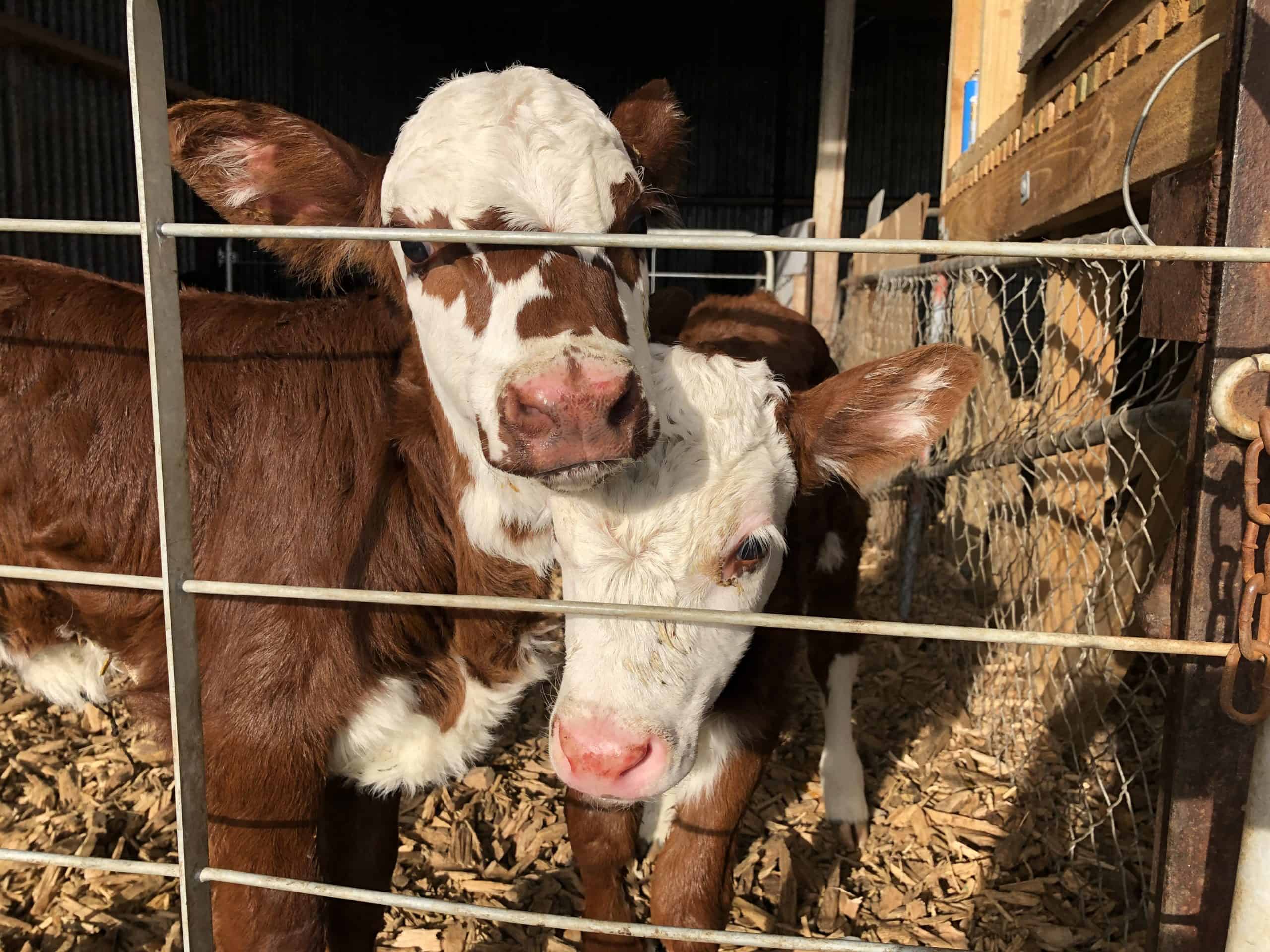Resources

Calf Rearing
Be confident this calving season with all you need to know about raising healthy calves.
These resources will leave you with not only knowledge but tools that you can action.
Milk Feeding Webinar Series
Making an informed decision about calf feeding can be tricky. Milk from the vat? Or milk replacer? What makes a good milk replacer? What should I be on the lookout for?
Join Mary Fleming and Natalie Chrystal from AgriVantage for a 6-part webinar series about calf milk feeding, and how to make an informed decision by answering common questions.
Watch the FULL webinar version HERE.
Mary and Natalie will be discussing how much of a difference the first 8 weeks can really make, and the potential cost-benefit of feeding more milk for early growth rates.
Mary and Natalie will help you discover why you should consider a milk replacer even when milk is readily available and learn how you can save money in the process.
After covering how milk replacer can boost nutrient intake, hear from Natalie and Mary as they have an in-depth discussion around the “how” and “why” of using milk replacer to maximize your calves’ growth and health.
Hear firsthand experiences from real life farmers and get practical tips from the experts on making the switch.
Sometimes, all those specs on milk replacer bags can look the same…
Let Natalie and Mary from AgriVantage guide you through selecting the best milk replacer tailored to your objectives, goals, and challenges.
Ad lib feeding doesn’t need to be complicated.
In the final video of AgriVantage’s calf milk feeding webinar series, Natalie and Mary will walk you through the benefits of ad lib feeding and discuss your options for easy incorporation.
Discover how ad lib feeding can enhance your calves’ growth and health with minimal hassle.
On-farm talk series
Be confident this calving season with our 2021 on-farm talk series, presented by Natalie Hughes (SealesWinslow) and Emma Cuttance (VetEnt).
To access each video click the link in each section below. You will then be directed to input your name and email address.
Natalie chats about how to set up a shed for optimal calf health, including ventilation, bedding, and shelter.
Emma chats about what colostrum is, the best way to feed it, and how to check the quality.
Natalie chats about what you need to know about feed and meal.
Natalie chats about what to look for when looking at calf meal.
Webinar Series
Prepare for a busy calving season with our 2020 Successful Calf Rearing webinar series, presented by Natalie Hughes (SealesWinslow) and Mike Shallcrass (Fonterra).
To access each webinar click the link in each section below. You will then be directed to input your name and email address.
Natalie Hughes walks us through how to set up a shed for optimal calf health, including ventilation, bedding, and shelter.
An informative webinar with Natalie Hughes on changes in milk over time, timing of feeding quality colostrum, and the impact on passive transfer.
Mike Shallcrass, Senior Veterinary Manager with Fonterra, discusses the importance of colostrum management, neonatal nutrition and disease prevention for a successful calf rearing season.
Natalie Hughes talks through calf energy and protein requirements, and how to transition from milk to meal and meal to grass.
Learn more about the calculation of food to achieve liveweight targets, key target times and measuring options with Natalie Hughes.
Abomasal bloat in calves: what causes it and how to reduce the risk
Bloat is an over-expansion of the abomasum soon after milk feeding. It is due to gas (produced by the normal fermentation of feed) building up and being unable to escape.
Abomasal bloat is typically seen in calves five to 10 days old. The exact cause of abomasal bloat in calves is unknown, but certain things must happen to produce the condition:
- An excess of fermentable carbohydrate in the abomasum (from milk, milk replacer or electrolyte solution)
- A fermentative enzyme (produced by bacteria, many of which are present in the calf stomach all the time)
- Something that has slowed the rate of abomasal emptying. The pre-weaned calf must have milk to grow and develop, but anything that slows down the rate at which milk empties from the abomasum will give the bacteria present more time to ferment this essential feed.
It’s hard to identify the specific reason for abomasal bloat but understanding the main risk factors for the condition, correctly and consistently mixing a proven milk replacer and always following best rearing practice will help.
Electrolyte Replacer Recipes
2 tblspns glucose
1 dstspn baking soda
1 heaped tspn common salt
2 ltrs water
Add molasses or caramel flavour to make it more palatable. Make up a 2 ltr bottle of concentrate and dilute as required.
2 1/2 t glucose (or sugar)
1 1/4 t citric acid
3/4 t potassium chloride (from the vet)
1t salt
1/2 t baking soda
2.5L warm water
All can be purchased from from Bin Inn or the supermarket, except potassium chloride.
1tsp salt
1tsp baking soda
2 tbls manuka honey
2 tbls dextrose to one litre warm water
10g salt
10g sodium bicarb
100g dextrose (you can buy big bags of dextrose from Binn Inn)
1tsp salt
4tbs glucose
1tbs baking soda
Add to 2.5ltrs of warm water. Mix thoroughly.
1kg salt 300g potassium chloride
1kg baking soda
10kg glucose
Calf drencher
Combine ingredients.
Solution is sufficient for 100 doses. Dose = Add 1/2 cup/123gms of electrolyte to 2L of water.
